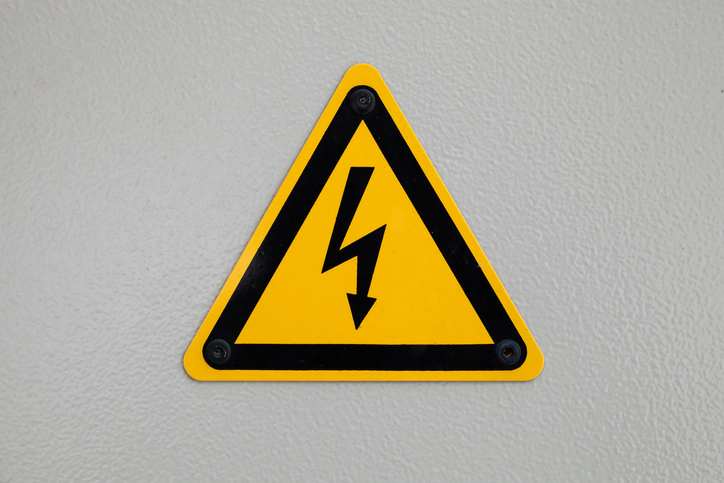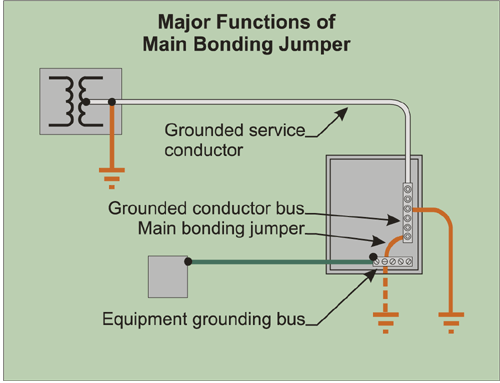The National Electrical Safety Code® (NESC®) occasionally references other standards, such as ANSI Z535.1-1991, when it comes to safety signs, labels, and tags.
The Canadian Electrical Code has a long and precise definition for grounding as: "a permanent and continuous conducting path to the earth with sufficient ampacity to carry any fault current liable to be imposed upon it, and of sufficiently low impedance to limit the voltage rise above ground and to facilitate the operation of the protective devices in the circuit." When we talk about grounding, we are usually thinking about electrical systems.
Not long ago I wrote an article on substation grounding for Electrical Business that raised the issue of whether one should interconnect the building reinforcing steel with the station ground electrode. A reader responded with the question of whether the best approach might be to ignore the rebar bonding.
As metal piping is being replaced by plastic piping, we're losing one of our best means of connecting electrical systems to the earth through low impedance.
In light of the 1999 Code changes, Phil Simmons takes a third look at multiple disconnects grouped in one location.



